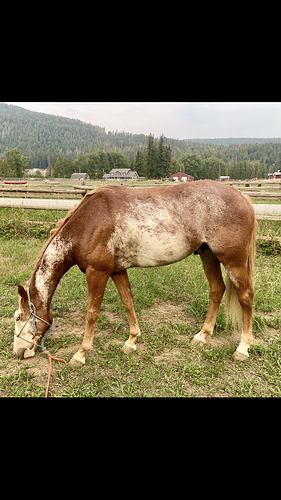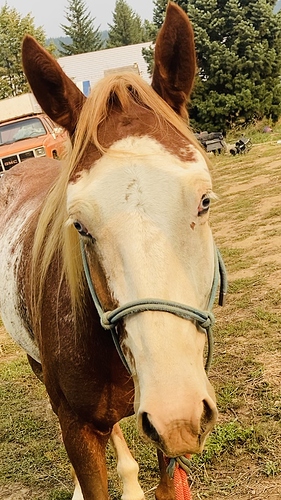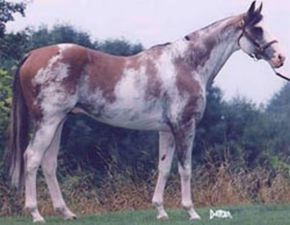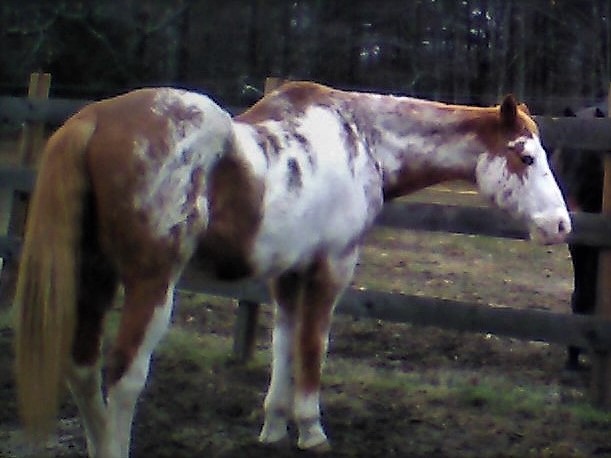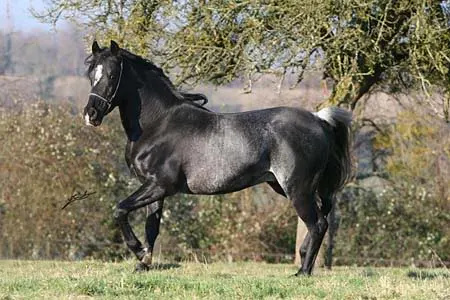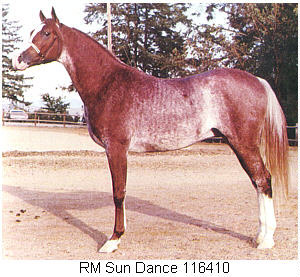Been out of the colt starting game for 5 years and have been happily (horse) injury free for 5 years.
Well I must have forgotten the physical pain, mental fatigue, and general frustration of problem colt starting. Because this THING somehow ended up in my trailer at the end of the long weekend. Chuted in - of course.
Advertised as 4 years old and halterbroke. He’s neither of those things.
Feral, off the reserve. Ended up at a ranch with a few young horses from the band. Cowboy came out and said , they were keeping the good ones that are coming along - to work on the ranch. Said he wasn’t a good one. Wished me luck and said he has a “hard mind”. They couldn’t touch him behind the neck, and don’t take off the 30’ rope he has dangling off him.
Who am I to think I can take on a reject from not only the reserve , but a cowboy reject too. 
I don’t - honestly.
But he was skinny. And he was scared. So into the trailer he went.
Unloaded straight into the round pen of my kind (but not enthused) BO.
I’ve managed to deworm him, get his front feet picked up and trimmed (my farrier is brave as they come and ropes were used ).
Looked at those teeth …. 6-8 years old. NOT a baby.
What colour would you call this fellow ? True to my username…. Both eyes are blue.
Say hello to Snag.

